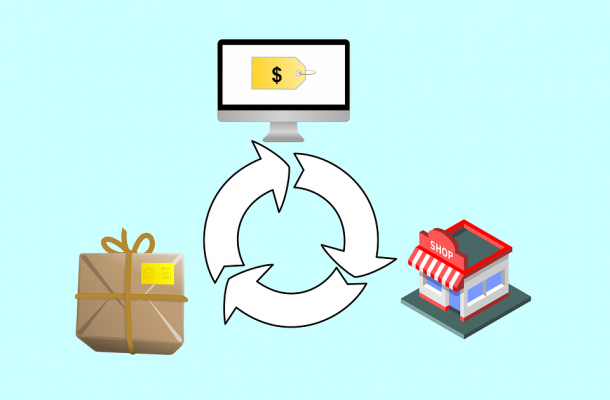KPIs to track when running an eCommerce business

Many eCommerce owners are still not using all possibilities that can improve their businesses. For a better understanding of which segments of your business have to grow, you need to track KPIs. But what are those KPIs that have to be measured? In this article, we will answer that question.
Shopping cart abandonment
The term shopping cart abandonment refers to a situation where visitors place their products in the shopping cart and then leave the site without finishing the purchase. Unfortunately, such a case happens quite often. According to the Baymard Institute, the average eCommerce shopping cart abandonment rate is close to 70%. Many people wonder what the reasons behind abandoning are. Usually, the abandonment happens because of complex check out processes, declined cards, shipping costs, and sometimes, people just feel that they are still not ready to make the purchase. You can calculate this KPI by dividing the number of completed transactions with the number of created shopping carts. Afterward, multiply that number with 100.
Ecommerce conversion rate
The eCommerce conversion rate represents the percentage of visitors that decided to take action on your website. It usually means purchase but there are also other actions, such as signing up for an email newsletter. This KPI is powerful because it tells you how good your page is in encouraging people to take action. For instance, if your website gathers a lot of visitors but only a few of them make a purchase, it means that you should improve the call-to-action aspect of your landing page. To successfully track conversions, you can consider digital marketing reporting software that gets real-time data and KPI’s from all your marketing channels or set up conversion goals in your Google Analytics. This KPI is calculated by dividing the number of visitors who made a purchase (or who subscribed to the newsletter) with the total number of visitors.
Average order value
Average order value (AOV) is an eCommerce KPI that represents the average amount of money per order. Tracking and improving average order value is necessary to encourage customers to spend more on your web store. Higher AOV means that your store generates more money on each order. Some of the most popular tactics to improve your AOV are cross-selling and upselling. Cross-selling means that you should offer products relevant to the one that most customers search for. On the other hand, upselling refers to providing a premium version of a particular product at a more competitive price. When it comes to calculation, divide the total sum of your revenue with the total number of orders.
Customer lifetime value
Customer lifetime value (CLV) is the prediction on the amount of profit that each customer will bring to your business during their lifetime. Calculating this KPI will help you to estimate marketing costs and track your acquisition strategy. Also, customer lifetime value provides you with a better understanding of your return of investment (ROI) and how well your business retains customers. The fact that repeat customers spend 67% more than new customers is enough to understand the value of this KPI. You can calculate it with the help of the average order value (AOV). For instance, if your AOV is $20, and the average buyer purchases 15 times at the average order value, your CLV is going to be $300.
Customer acquisition cost
Customer acquisition cost (CAC) is a KPI that explains how much money you to get new customers. For instance, if you spent $800 in one month on marketing and attracted 40 new customers, it means that you acquired each customer for $20. Tracking your CAC is essential since it allows you to allocate your budget and also, to plan how many customers you want to acquire in future months. Making sales just by spending more money on marketing is not the best option because your CAC can increase too. In that case, making more sales will mean that your profit decreases. And finally, not tracking this KPI can lead to the total collapse of your business. You have to know how much the transformation of a prospect into a customer costs.
Using reporting software and Google Analytics is mandatory for tracking all the KPIs that we mentioned. With these handy tools, growing your eCommerce business becomes way easier.
As a senior business strategist, Lillian Connors believes that business must be more than the maximization of profit through different money-grabbing ploys. Ethical principles should be at the core of every commercial venture, paving the way for more balanced distribution of wealth on a global scale.







